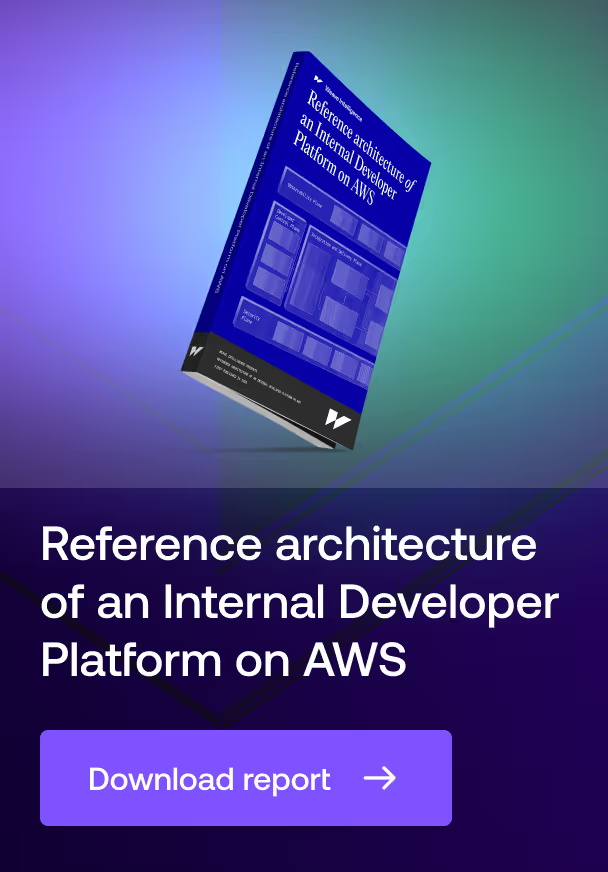
Teleport
Profile
Teleport is an infrastructure access tool that provides unified authentication, authorization, and audit capabilities for SSH servers, Kubernetes clusters, databases, and web applications. Built as a single Go binary with a certificate-based security model, it enables organizations to implement zero-trust access controls across distributed infrastructure. Teleport has achieved significant enterprise adoption, backed by venture capital funding and deployed by major technology companies. Its core value lies in consolidating infrastructure access management while enforcing security best practices through short-lived credentials and comprehensive audit logging.
Focus
Teleport addresses the fundamental challenge of securing access to distributed infrastructure resources while maintaining operational efficiency. It eliminates the need to manage static credentials like SSH keys and database passwords by implementing certificate-based authentication with automatic expiration. The tool enables consistent access policies across different protocols and environments, replacing fragmented VPN and bastion host approaches. Primary users include platform engineers, database administrators, and security teams who need secure access to infrastructure while maintaining compliance and audit capabilities. Teleport particularly benefits organizations with hybrid cloud environments and regulatory requirements.
Background
Teleport originated as an internal component of Gravitational's Gravity platform, becoming a standalone open-source project in 2016. The founding team, with backgrounds at Rackspace, designed it to address infrastructure access challenges they encountered in large-scale environments. The platform has evolved from basic SSH access management to a comprehensive infrastructure access solution, adopted by organizations including Samsung, NASDAQ, and IBM. Currently maintained by Teleport (formerly Gravitational), the project operates under a dual licensing model with both open-source and commercial editions, backed by significant venture funding and regular security audits.
Main features
Certificate-based authentication and access control
The platform implements a certificate authority through its Auth Server component, issuing short-lived X.509 certificates to both users and infrastructure resources. When users authenticate through their identity provider, they receive certificates containing their identity and authorized roles, typically valid for twelve hours. These certificates include embedded metadata about permissions and authorized resources, enabling cryptographically secure access decisions without requiring network calls to central authentication services. The certificate-based approach eliminates risks associated with static credentials while supporting automated rotation and revocation capabilities.
Protocol-aware access proxy with session recording
Teleport's Proxy Service provides intelligent protocol handling for SSH, Kubernetes API, database connections, and web applications through a unified access layer. The proxy performs TLS termination, certificate validation, and connection routing while maintaining comprehensive audit logs. All interactive sessions are recorded with command input and output preserved, enabling security teams to review exactly what actions were performed. The proxy architecture supports multi-region deployment with sophisticated peering mechanisms, allowing globally distributed users to access resources through their nearest entry point while maintaining consistent security controls.
Role-based access control with label-driven authorization
The authorization system uses a flexible labeling approach that allows administrators to organize infrastructure resources by environment, application, team, or other dimensions. Roles specify which labels a user can access using exact matches or regular expressions, enabling scalable access policies without creating individual grants for each resource. For example, a role might grant access to all development databases labeled with specific attributes while restricting production access. This model supports implementing least privilege at scale while maintaining manageability as infrastructure grows and changes.






